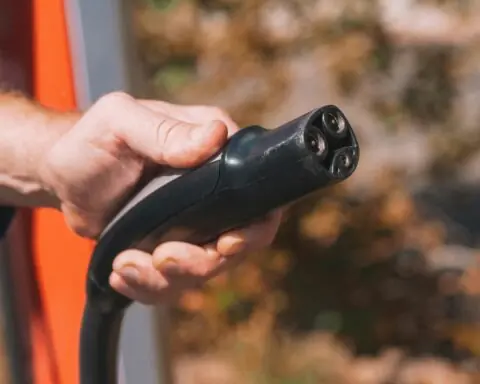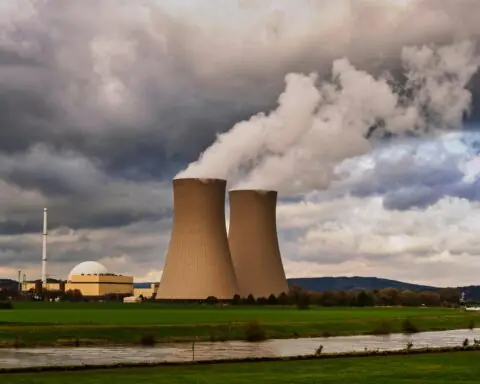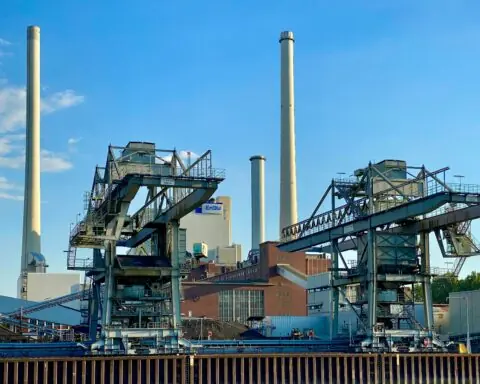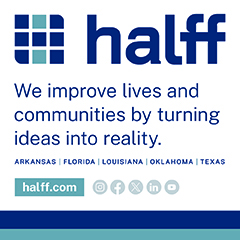The Department of Energy (DOE) announced its intent to issue several notices of funding opportunities (NOFOs) Aug. 13, signaling a major effort to strengthen supply chain processes for critical minerals. The funding announcements total nearly $1 billion and will support improvements to mining, processing and manufacturing technologies throughout the critical minerals supply chain.
The announcement outlines four distinct funding opportunities, along with upcoming project selections for an existing wastewater recovery program. The initiatives include:
- Critical Minerals and Materials Accelerator ($50 million)
- Mines & Metals Capacity Expansion ($250 million)
- Rare Earth Elements Demonstration Facility ($135 million)
- Battery Materials Processing and Manufacturing ($500 million)
The Critical Minerals and Materials Accelerator (CMM) program expects to release a funding opportunity worth up to $50 million early this fall. Managed by the Advanced Materials and Manufacturing Technologies Office, the program focuses on domestic processing of critical materials through partnerships with industry leaders.
The initiative will help companies prototype and scale advanced technologies that currently work only in laboratory settings. Officials said the program will support technology development that can attract private investment and facilitate domestic production.
The funding opportunity includes four focus areas. The first targets processes in the rare earth magnet supply chain, including production from secondary sources. The second area covers processes used to refine and work with gallium, gallium nitride, germanium and silicon carbide—materials integral to semiconductor production. The third area addresses lithium extraction and separation technologies, while the fourth focuses on reducing costs of technologies that produce critical materials from byproducts and scrap.
A second program, Mines and Metals Capacity Expansion, would provide up to $250 million in financial aid for domestic industrial facilities. The goal involves identifying manufacturing processes that could produce critical minerals as byproducts of existing operations, then piloting cost-effective technologies to extract those minerals at an industrial scale.
Officials said many technologies currently exist on smaller scales, but the program will test these methods at industrial-sized facilities before widespread deployment. The effort targets the general manufacturing industry, with a particular focus on mining and the coal-based sector due to their potential for valuable byproduct yields.
The Energy Department will host a Domestic Critical Minerals and Materials Supply Chains workshop Aug. 20 from noon to 2 p.m. ET. The workshop will cover the department’s critical minerals programs, including the two NOFOs covered so far, and showcase projects advancing related technologies.
Meanwhile, the Office of Manufacturing and Energy Supply Chains (MESC) plans to issue a funding opportunity worth up to $135 million to strengthen American rare earth elements supply chains. Officials said the goal involves reducing U.S. dependence on foreign sources and demonstrating new methods of deriving rare earth elements from waste streams and mine drainage. The funds would support development and construction of a new facility to demonstrate these recovery methods.
According to the notice, an academic partner must join the project team to receive funding and recipients must provide a cost-share of at least 50%.
The largest of the four programs, Battery Materials Processing and Manufacturing, would direct up to $500 million toward critical mineral processing, battery manufacturing and battery recycling. The proposed funding would support both demonstration projects and established commercial facilities involved in processing materials used in batteries.
Target materials include lithium, graphite, nickel, copper, aluminum and other minerals in commercially available batteries. The effort builds on previous funding rounds from the Battery Manufacturing and Recycling Grants program, which received $6 billion through the Bipartisan Infrastructure Law for battery supply chain development. Potential recipients must agree to a cost-share of at least 50%.
In addition to the four new funding opportunities, the Advanced Research Projects Agency-Energy (ARPA-E) plans to announce project selections for its Realize Energy-rich Compound Opportunities Valorizing Extraction from Refuse waters program (RECOVER) early this fall. The program focuses on recovering critical minerals from industrial wastewater.
Officials said the program helps reduce reliance on foreign supply and strengthen domestic sources by developing technologies that recover materials which would otherwise go to waste. The effort particularly targets ammonia (a crucial ingredient in fertilizer) and critical metals used in energy technologies.
The Aug. 20 workshop will provide initial guidance for potential applicants, with the first formal funding opportunity expected early this fall. The staggered timeline allows the Energy Department to coordinate across multiple offices while addressing different stages of the critical minerals value chain.
Photo by Castorly Stock from Pexels













